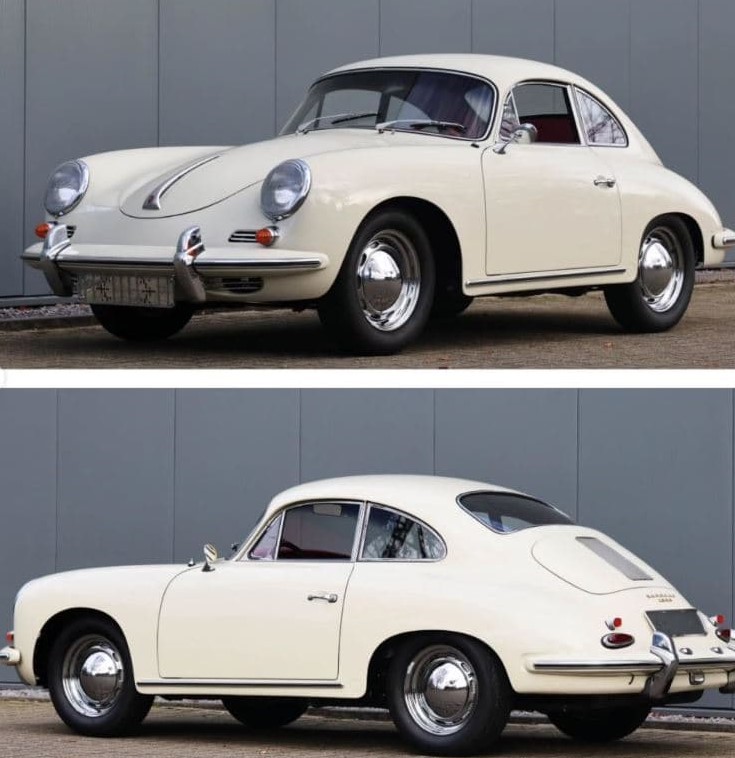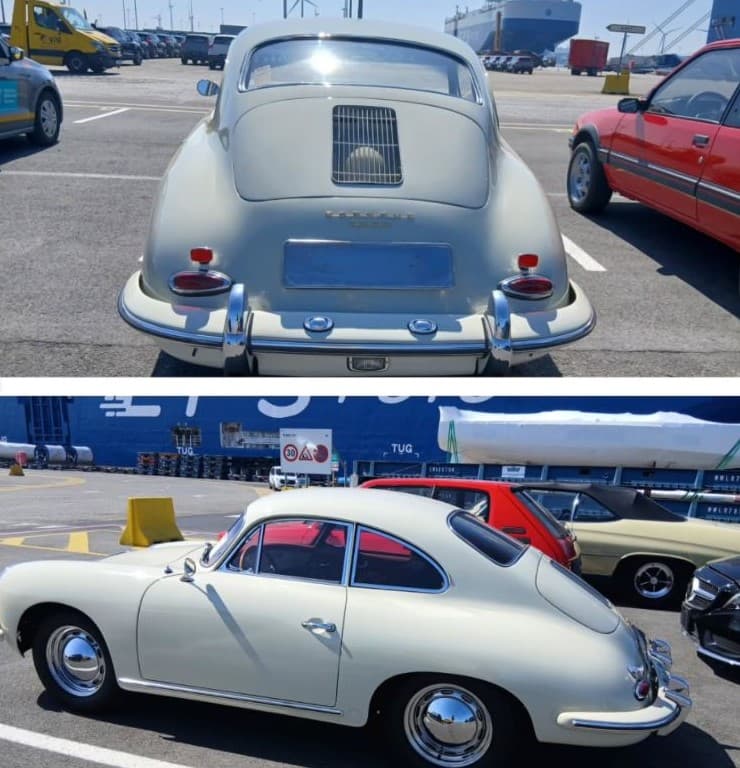To ship a classic car to the US, one must treat the process with more care than ordinary auto transport. Classic vehicles often carry high sentimental and market value, so handling, storage, and delivery must protect every part of the car. The process involves preparation before departure, selection of a reliable transporter, and knowledge of import rules that apply to older vehicles.
Classic cars can qualify for exemptions from certain US safety or emission standards if they are over twenty-five years old. This age rule simplifies import clearance but still requires complete paperwork, such as proof of ownership and export certificates from the country of origin. Those details form the foundation for a smooth shipping experience and help prevent unexpected delays at customs.
Choosing the Right Shipping Method
The main options when you ship a classic car to the US are container shipping and roll-on/roll-off (RoRo) service. Each suits a different situation depending on budget and level of protection required.
Container shipping places the car inside a sealed unit, keeping it safe from weather and potential damage. This method is ideal for rare models or vehicles with custom finishes that need controlled surroundings. A single container can hold one or two cars, and the space can include small parts or tools shipped with the car.
RoRo shipping, while more affordable, loads the car onto a ship deck where it remains exposed during transport. The car is driven on and off the vessel under strict supervision. Though secure, it provides less shielding than a container.
For many collectors, paying more for container shipping brings peace of mind because it minimizes exposure and provides better insurance coverage.
Preparing Your Classic Car for Transport
Preparation helps protect the vehicle and keeps documentation accurate during inspection. Start by cleaning the car and photographing its condition before pickup. These images act as a record for any insurance claims. Check for leaks, disconnect the battery, and reduce fuel to a quarter tank. Secure any loose parts or accessories, and remove personal items to comply with customs rules.
Each classic car should be covered by marine insurance that protects it through every leg of the journey. Review policy limits carefully and confirm that rare or custom parts are included. Some carriers provide their own coverage, but an independent policy often gives broader protection.
Proper labeling, chassis number visibility, and duplicate paperwork are all important. Keep copies of the bill of sale, export certificate, and import approval in a safe folder separate from the vehicle.
Understanding US Customs Rules for Classic Cars
When you ship a classic car to the US, customs clearance is a required step handled by the port authority. Import duties depend on vehicle origin and classification. For instance, cars built in Europe usually face a small percentage tax, while those from Canada may qualify for different rates under trade agreements.
The vehicle’s age and compliance with US safety standards determine which forms must be filed. Cars older than twenty-five years are often exempt from federal safety and emission regulations. Still, the Environmental Protection Agency and Department of Transportation require proof that the vehicle meets the classic exemption status.
Once documentation is verified, the car can be released from port storage to your transporter for final delivery within the country. Some importers hire a licensed customs broker to manage paperwork and speed up approval.
Cost Factors When You Ship a Classic Car to the USA
Several things influence the total cost of shipping. The main ones are the port of origin, transport method, insurance value, and import duties. A container shipment from Europe to an East Coast port may cost between $2,000 and $5,000 depending on size and distance. RoRo shipping often falls below that range but offers less coverage.
Extra services such as enclosed inland transport, door-to-door delivery, or storage at bonded warehouses can increase expenses. Collectors often choose enclosed trucking once the car arrives in the US to maintain protection during the final trip.
Timing can also change pricing. Off-peak seasons may reduce shipping fees. Choosing a reliable company with experience in vintage cars usually provides better handling and fewer surprises during transit.
After Arrival: Inspection and Delivery
When the car reaches its US destination, it goes through a final inspection to confirm that its condition matches the initial report. The carrier or broker releases the car once duties are paid and documentation approved. You or your chosen agent must be present to sign the release form and verify the vehicle identification number.
Inspect the car thoroughly before signing off. Look for scratches, dents, or missing parts. If any issues appear, report them right away and refer to the pre-shipment photos for comparison.
Once cleared, you can register your classic car with the Department of Motor Vehicles in your state. Some states require emissions or safety checks, though exemptions often apply for older cars.
Choosing a Reliable Transport Partner
The most valuable decision you make when you ship a classic car to the US is choosing a trustworthy company. Look for carriers with proven records in handling vintage cars and transparent insurance policies. Check online reviews, ask for detailed quotes, and confirm that they meet international shipping standards.
A good transport partner should communicate clearly about timelines, port procedures, and insurance terms. Their experience helps prevent delays and protects your investment from pickup to final delivery.





